Under the glowing lights of packed stadiums, Bruce Springsteen’s music remains synonymous with the working class.
Videos by American Songwriter
He’s portrayed, in vivid detail, the struggles, hope, and despair of the underdog. If you didn’t already know the details of his biography, you’d assume he’d worked similar jobs himself.
But his fifth album, The River (1980), sounds like a release from the hard times. Coming off the Darkness Tour, Springsteen wanted to showcase the power of his live band. He used the explosive energy of the E Street Band to bring his blue-collar tales to life. If there was darkness on the edge of town, perhaps there was some light on the other side.
“Out in the Street” showcases both his band and his talent for storytelling. Yes, one of America’s greatest songwriters has detailed the kind of life he’s never experienced. But few have done it better than The Boss.
Friday Night
Springsteen’s working-class anthem describes the freedom one feels off the clock. And Roy Bittan’s driving piano gives urgent hope to the daily grind.
I work five days a week, girl
Loading crates down on the dock
I take my hard-earned money
And meet my girl down on the block
And Monday when the foreman calls time
I’ve already got Friday on my mind
The uniformity of work clothes removes little pieces of individuality. You don’t call the shots, and the “work” version of you becomes like another personality. Springsteen’s character finally feels like himself when he’s out, wearing what he wants, walking and talking the way he prefers.
When that whistle blows
Girl, I’m down the street
I’m home, I’m out of my work clothes
When I’m out in the street
I walk the way I wanna walk
Clarence Clemons enters with a soaring sax solo, and it sounds like the joy of a Friday night out with your friends, your girl, your independence.
Tough Love for Max Weinberg
The band recorded “Out in the Street” at the Power Station in New York City. Produced by Springsteen, Jon Landau, and Steven Van Zandt, the track feels carefree. Like the character who’s letting loose on the weekend.
However, drummer Max Weinberg had a difficult time during the sessions for The River. He said he received “tough love” from Springsteen, Landau, and Van Zandt. But the experience helped him become the rhythmic force that has powered the E Street Band for decades.
He told Rolling Stone, “I remember Steven [Van Zandt] and Bruce pushing me to play more like Keith Moon—really drum, where my normal inclination would be to play more like Ringo Starr. I embraced that if you listen to some of the outtakes like ‘Mary Lou.’ That is my version of The Who’s ‘I Can See For Miles.’”
Weinberg said The River transformed him from being a “young, talented, energetic drummer” to a sturdy and reliable professional.
Working-Class Hero
During Springsteen’s residency on Broadway, he explained how his hometown of Freehold, New Jersey, influenced his writing. “There was a place here. You could hear it. You could smell it. A place where people made lives and where they worked and where they danced.”
He talked about the little moments—baseball and broken hearts. The small town where people “drank themselves drunk on spring nights. And where they did their very best, the best that they could, to hold off the demons, outside and inside, that sought to destroy them.”
Though he connected with the working class, he admitted he’d never worked a blue-collar job.
“I come from a boardwalk town that is tinged with just a bit of fraud. So am I,” he said. “I’ve never held an honest job in my entire life. I’ve never done any hard labor. I’ve never worked 9 to 5. I’ve never worked five days a week. Until right now!”
Yet, he mastered one of history’s great storytelling tools, fiction. He finished by saying, “I made it all up.”
Photo by Kirk West/Getty Images

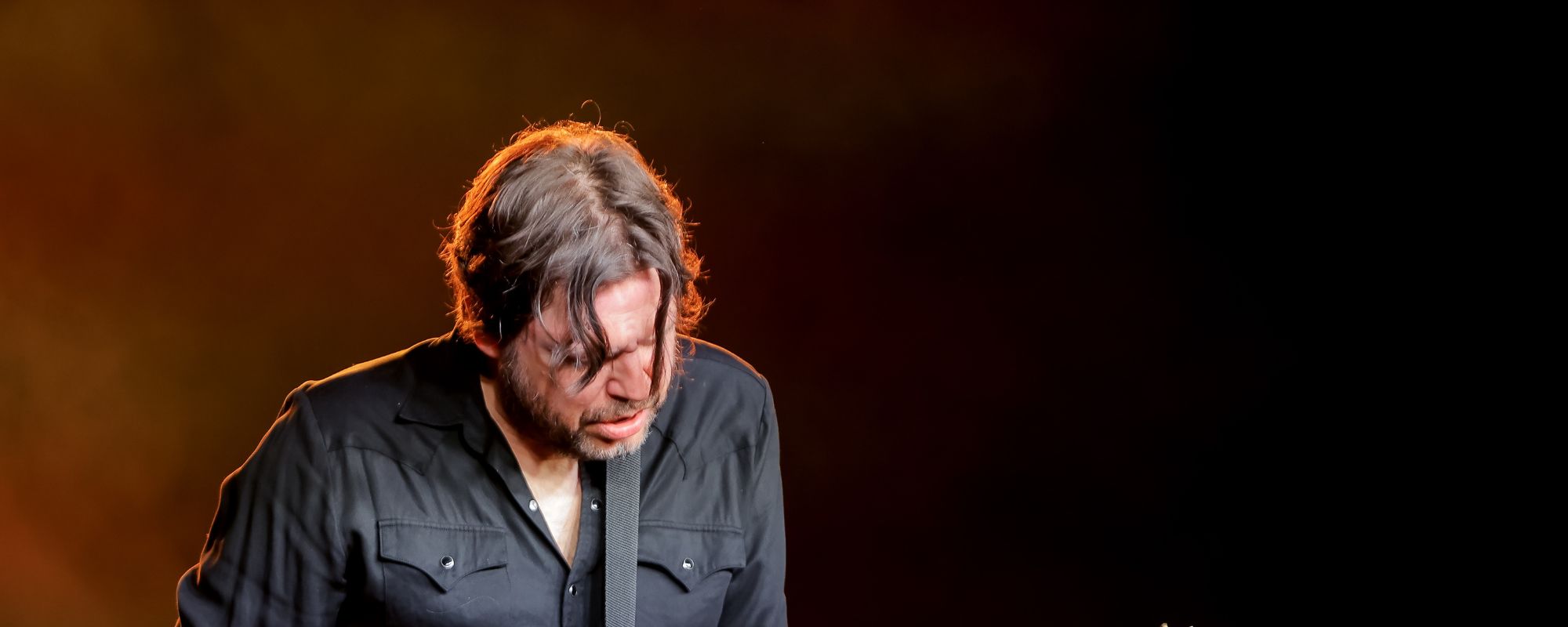
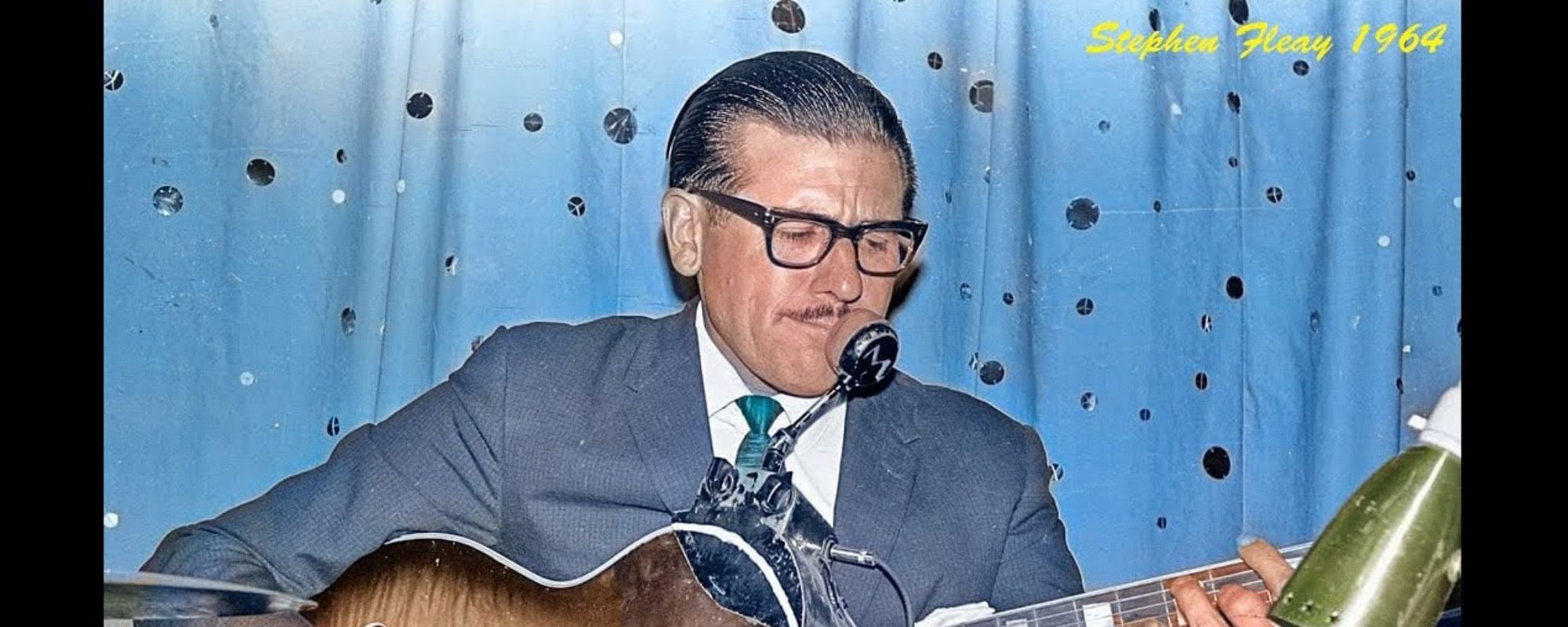
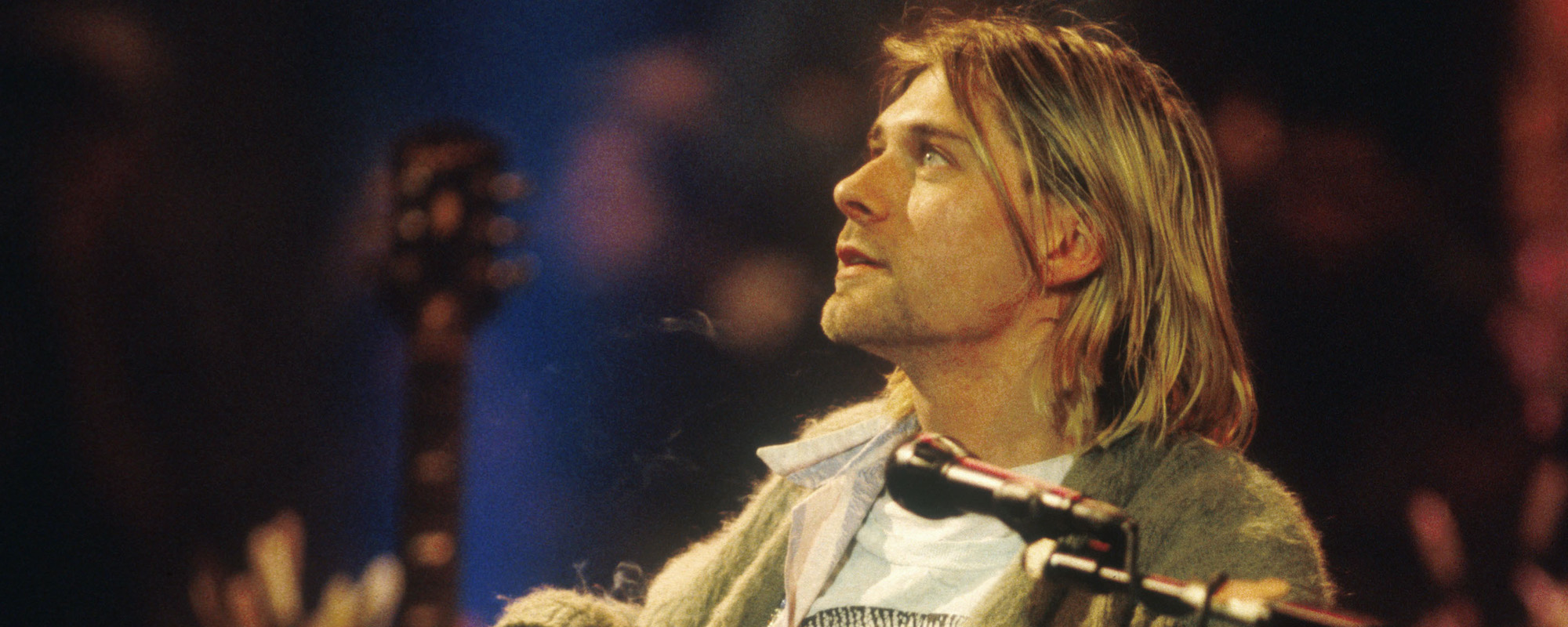



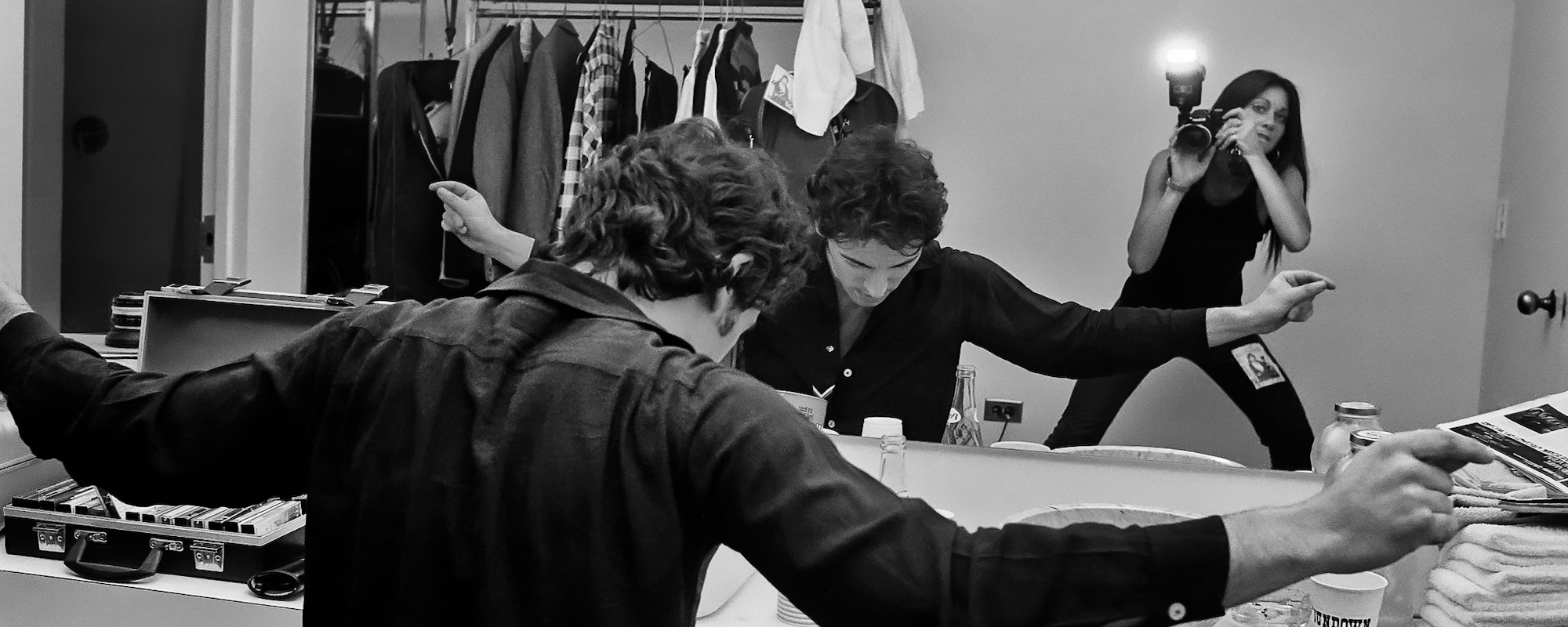


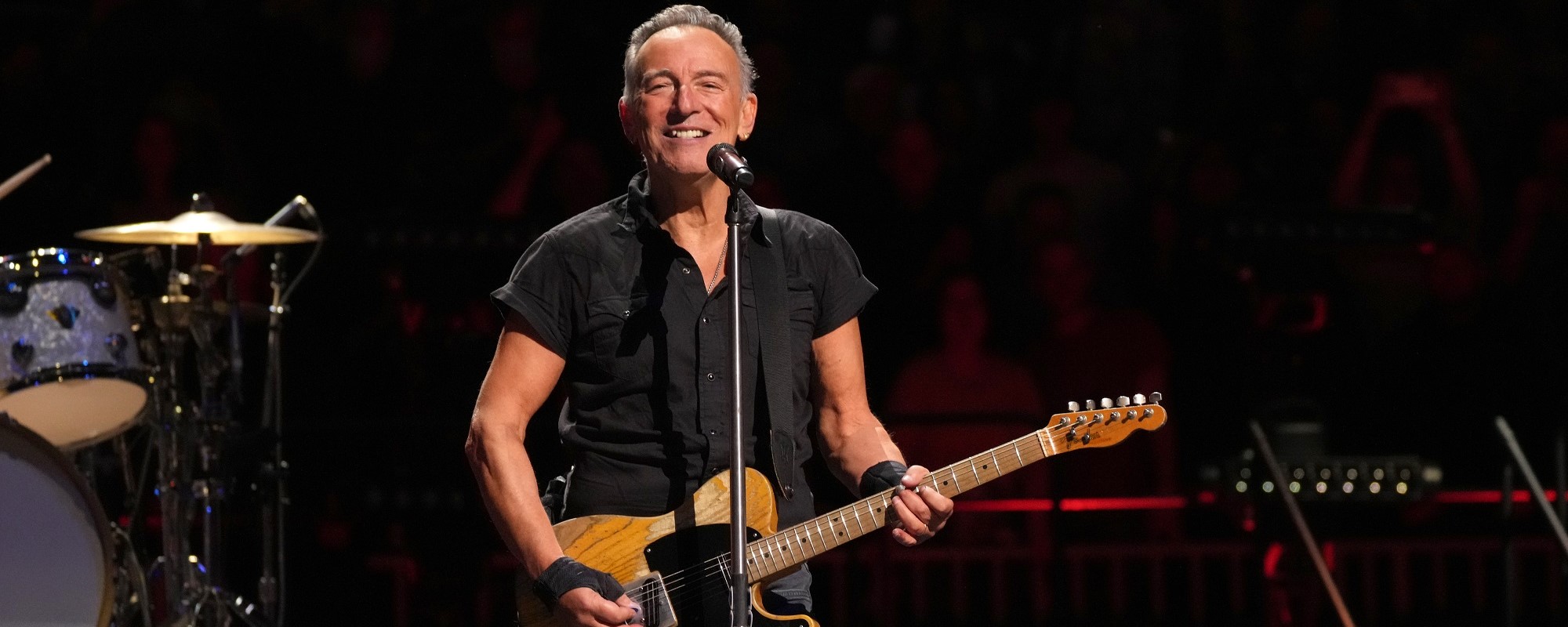

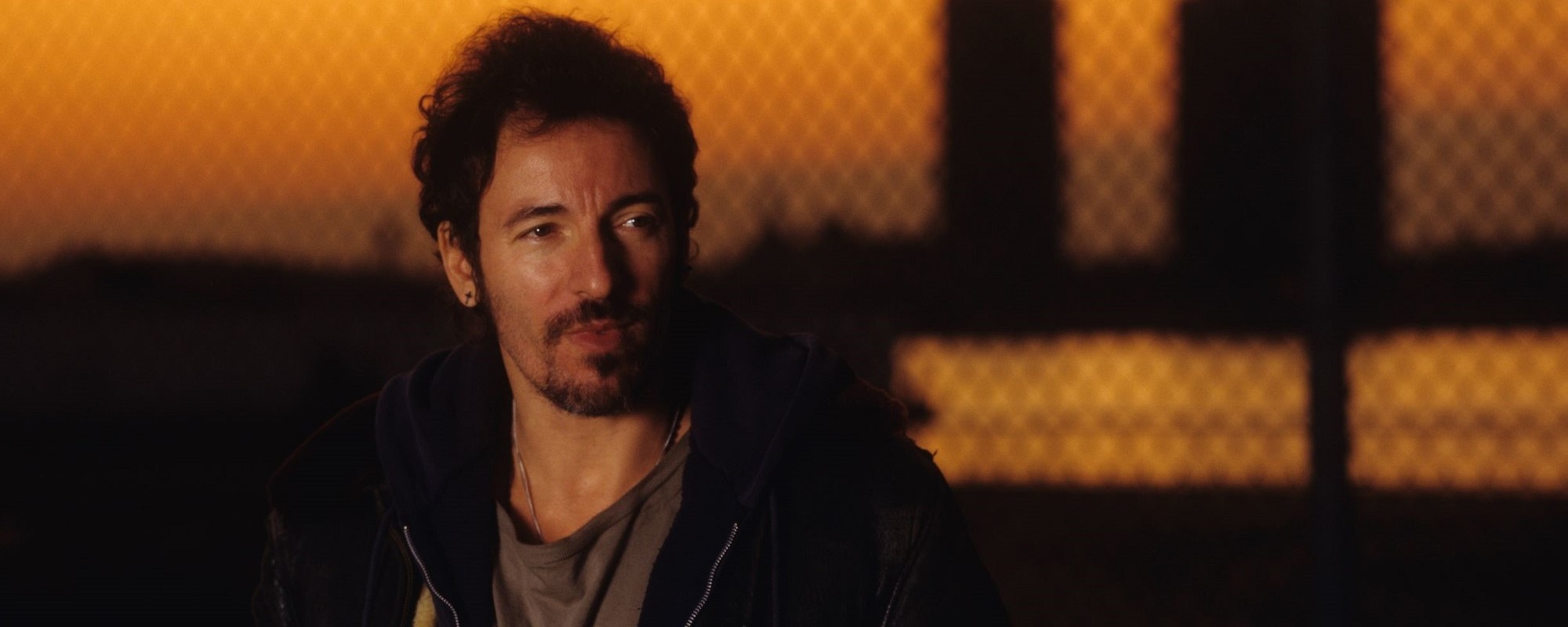
Leave a Reply
Only members can comment. Become a member. Already a member? Log in.